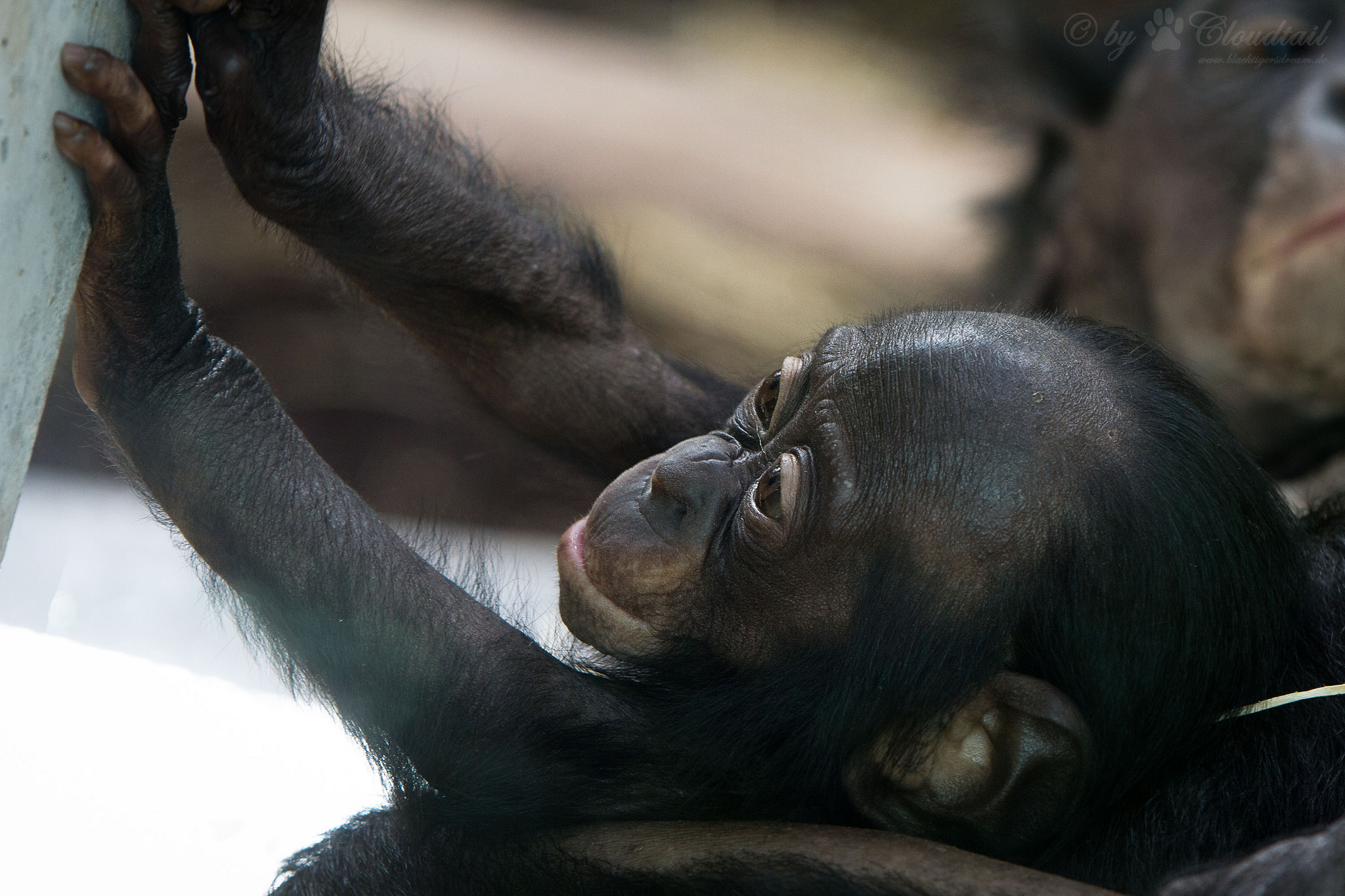What were our evolutionary ancestors like? You can get a good idea by taking a look at our closest extant (non-extinct) relatives. For a long time, the consensus has been that the common chimpanzee is our closest relative, but a new study claims that bonobos take this distinction. These two great ape species both belong to the biological genus ‘Pan’ and they have small differences which mean either one must be more similar to us than the other.
The claim of the bonobo’s newly found proximity to our species originates from a recent analysis of bonobo anatomy, which made possible a study that compares the anatomy of the two Pan species and us. The revelation is through the discovery that the musculature of Bonobos is more primitive than the common chimpanzee, and is what links them more closely to the ancestors of our species (Homo sapiens sapiens)1. Although both great apes are very similar species – to the point where they can interbreed to produce fertile offspring – there are subtle differences which put bonobos at the top in respect to primitivity. Bernard Wood, professor of human origins at the GW Center for the Advanced Study of Human Paleobiology, said “bonobo muscles have changed least, which means they are the closest we can get to having a ‘living’ ancestor”2.
Not much was known about the inner anatomy of Bonobos, until very recently, as comprehensive data about the soft tissues of the apes were only available for common chimpanzees; a previous study of bonobo musculature was incomplete and restricted to a single individual – partly because of the species’ endangered status. However, recently a number of bonobos died, and their bodies were preserved by researchers at Antwerp Zoo, Belgium, thus allowing their bodies to be studied3.
The most recent common ancestor of modern humans and the Pan genus existed about 8 million years ago – roughly when these two lineages began to separate and become distinct species. More recently, the last common ancestor of the Pan genus began to split into the two species we are accustomed to around 2 million years ago. During this time, the common chimpanzee and the bonobo evolved slight differences in physicality and DNA; even though they remained geographically relatively close they were ultimately divided by the Congo river – which caused divergent evolution4.
Peering into our origins can help us understand our place in the world, and how we became to be us, humans – that is assuming the reader is a member of Homo sapiens sapiens.
Edited by Richard Murchie

